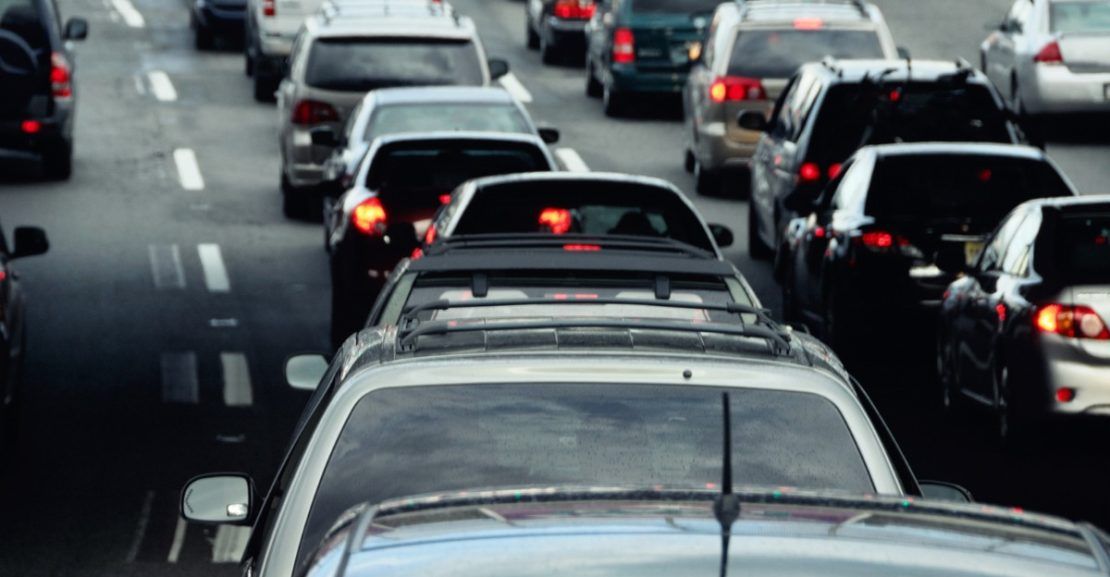Tenerife, the largest island in the Canary Islands, is a vibrant destination known for its warm climate, stunning landscapes and rich culture. However, like many popular tourist destinations, traffic can be a significant challenge for residents and visitors alike. With more than 850,000 registered vehicles, practically one for every inhabitant, the island faces unique mobility problems.
Critical Traffic Points
One of the most critical points is the Northern Highway (TF-5), which sees a daily traffic of more than 110,000 vehicles, particularly congested during the mornings in the direction of Santa Cruz. La Laguna, recognized as a World Heritage Site, together with the academic activity of the University of La Laguna, attracts a large number of tourists and students, which increases congestion, especially during peak hours.
In the south, Las Chafiras is a key area due to its industrial importance and as a connection to tourist destinations such as Los Cristianos. This concentration of activities results in dense traffic areas, especially during rush hours.

Times of Greater Congestion
The times of greatest congestion in Tenerife, indicated by the system, are Monday to Friday from 7:30 am to 9:00 am and from 4:00 pm to 7:30 pm; and Saturdays from 9:00 am to 2:00 pm. During these times, it is recommended to plan ahead, considering alternative routes or adjusting travel schedules to avoid the most congested periods.
Strategies for Efficient Mobility
To efficiently navigate Tenerife traffic, consider the following tips:
- Route Planning: Use online tools and mobile apps to check real-time traffic status and plan alternative routes.
- Flexible Schedules: If possible, adjust your schedules to avoid peak hours. Leaving an hour earlier or later can make a big difference.
- Public Transportation and Sustainable Alternatives: Consider using public transportation, bicycles, or even walking for short distances. This not only reduces congestion but is also more sustainable.
- Patience and Courtesy on the Road: Patience is key in traffic. Maintaining a calm demeanor and being courteous to other drivers can improve the overall driving experience.
Future Projects and Infrastructure Improvements
The Cabildo of Tenerife and the Government of the Canary Islands are working on projects to improve mobility. The La Laguna Beltway, with an investment of 355 million euros, is an example of these efforts aimed at relieving traffic in the area.
Online Resources and Tools to Navigate Traffic in Tenerife
In addition to the strategies mentioned, there are numerous online resources and digital tools that can help you better manage traffic in Tenerife. These resources offer real-time information and are essential for planning your trips efficiently.
- Tenerife Road Information Center: This site provides up-to-date information on the state of the roads in Tenerife. It includes live cameras, which can be a valuable tool for viewing traffic conditions in real time.
- Real-Time Traffic Apps: Apps like Waze and Google Maps are useful for getting real-time traffic updates, alternate route suggestions, and travel time estimates. These apps also allow users to report incidents, which can be of great help to other drivers.
- Social Media Accounts: Follow relevant accounts on social networks such as Twitter, where updates and traffic alerts are posted. Many local authorities and news services share important information about road closures, accidents and other incidents that could impact your trip.
- Local News and Traffic Websites: Stay informed about traffic conditions and ongoing infrastructure projects in Tenerife through local news websites. These sites often provide details about road works, changes in traffic patterns, and other relevant news.
These resources will help you be prepared for changing traffic conditions and make informed travel decisions. By staying informed and using these tools, you can reduce traffic stress and significantly improve your driving experience in Tenerife.
Navigating Tenerife traffic requires patience, planning and flexibility. Although the island faces unique challenges due to its geography and the increasing number of vehicles, there are strategies that both residents and visitors can adopt for more efficient mobility. Over time and with the implementation of infrastructure projects and smart mobility policies, the traffic situation in Tenerife is expected to improve, thus improving the quality of life and experience of visitors.

